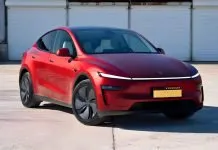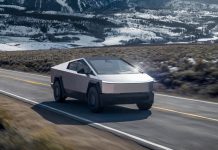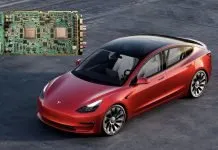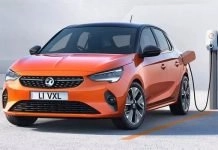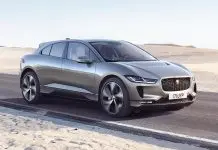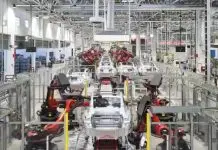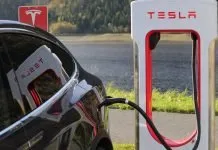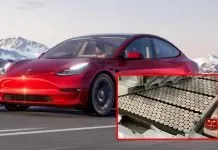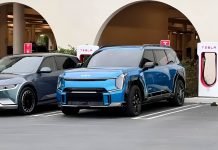Tesla saw a significant boost in its sales in Italy. The company registered a 51% increase in March compared to the same period in 2024. Tesla recorded 2,217 new vehicle sales, ending a decline in the country. This boom is in line with a 6.2% increase in the entire Italian automotive market, which totaled 172,223 cars. However, such promising numbers out of Italy solve little for Tesla’s challenges as in other major European markets, large numbers of Tesla sales falls were recorded, especially in France and Sweden.
The increase in Italian sales by Tesla can be due to various reasons. One theory is that Italian consumers are less likely to be swayed by Elon Musk’s sometimes-controversial political views on other markets. Likewise, the latest Model Y SUV is likely to have contributed a good bit to this upcoming growth. Tesla stopped deliveries temporarily because of styling work on this model, and the return appears to have given a boost to demand.
The Italian Electric Vehicle (EV) market is still one of the underdeveloped markets in Europe, with a still progressing adoption level compared to, for example, Norway and Germany. Yet, Tesla’s growth in that region indicates that EV interest is slowly rising, and the company’s reputation of strong performance and innovation is still drawing shoppers.
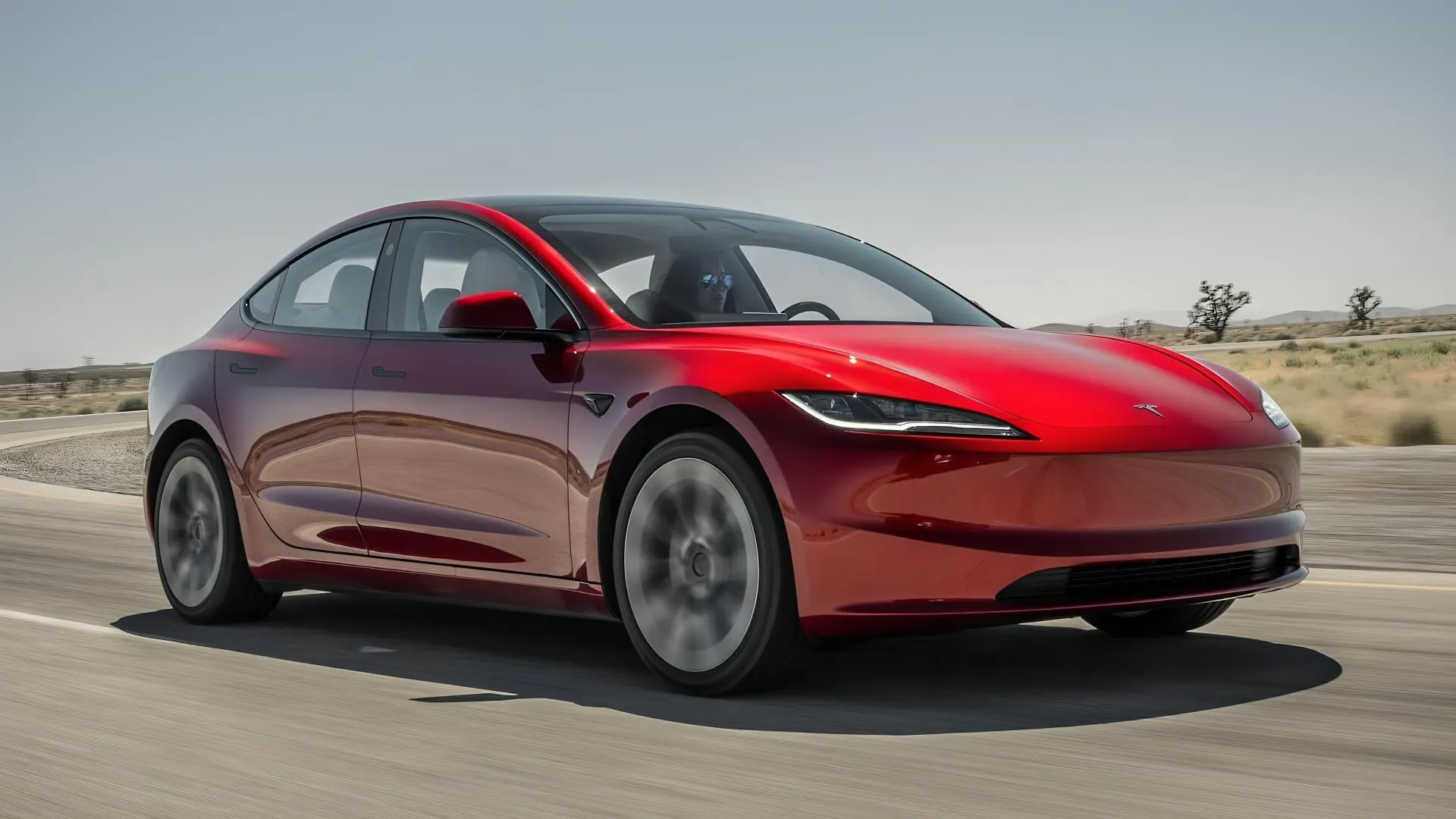
Challenges in Other European Markets
Although Tesla’s performance in Italy is positive, in other parts of Europe, it looks much more disappointing. In March, sales for Tesla tanked 37% in France and an astonishing 63.9% in Sweden. Alternatively, in Norway—a strong market for Tesla—business merely remained stable and did not increase too much.
The decline in France and Sweden may be due to various reasons, such as intense competition, shifting government support schemes, and changing consumer preferences. European carmakers like Volkswagen, Renault, and Stellantis are getting into the act, creating competition with Tesla. Besides, government reforms and a steep decline in subsidies for electric vehicles in some European countries could be affecting Tesla’s sales.
Tesla’s problems in these markets are seemingly a reflection of where the company’s strategy goes in the long term in Europe. The company has always banked on dropping prices in an aggressive manner to create more demand, but if things end up this way, it might have to think of something else to save its share in the market.
Stellantis and the Broader Italian Market
March, in the meantime, was a positive period overall for the Italian car sector. Vehicle registrations rose by 6.2%, with a total of 172,223 cars sold. However, not all manufacturers gained equally during this growth.
Stellantis, the car giant born from the merger between FIAT Chrysler Automobiles and PSA Group, sold 52,254 vehicles in March. Although this number is merely equal to the 52,280 units sold in March 2023, the company’s market share decreased from 32.2% to 30.3%. Over the first quarter of the year, Stellantis sold 135,762 cars, representing a 9.8% decrease versus the same period in 2024. Its market share for the quarter also decreased from 33.3% to 30.6%.
These figures show the changing way of the Italian market. Although overall sales are growing, traditional automakers like Stellantis are operating amid increasing competition from traditional competitors and emerging EV manufacturers such as Elon Musk’s Tesla.
Conclusion
Tesla is likely to announce its Q1 2025 delivery figures in April, and this will give us a better idea of the overall situation. Though the bright data coming from Italy is encouraging, it might not be enough to make up for losing ground in other European markets.
For Tesla to keep growing in Europe, it needs to navigate EU industry and electric vehicle regulations by paying close attention to the fierce competition and evolving consumer preferences. company’s capability to adapt to these challenges will make or break the ability of Monoprice to continue leadership status within the electrical car industry or Monoprice will be displaced as European rivals shrink the share of its market.

